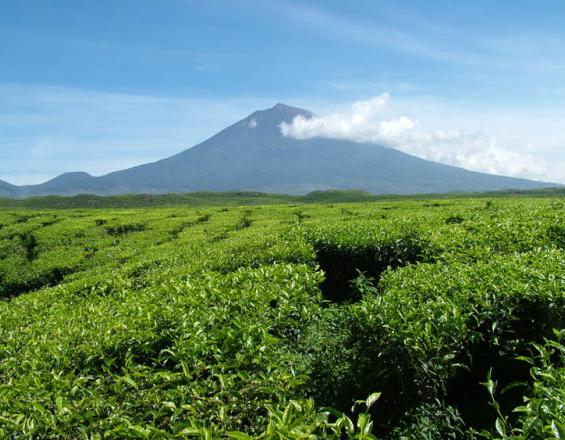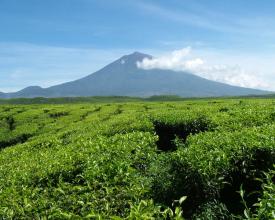Échange de dettes pour la nature
Solution instantanée

Un volcan dans la forêt tropicale humide de Sumatra, Indonésie © UICN David Sheppard
Dans les parcs nationaux de Gunung Leuser, Kerinci Seblat et Bukit Barisan Selatan (patrimoine des forêts tropicales humides de Sumatra, site du patrimoine mondial), un système de financement alternatif qui réoriente ou transforme la dette nationale a permis de financer des activités de conservation. Le programme d'échange dette-nature soutient des activités telles que l'élaboration d'un plan de gestion scientifique, l'amélioration de la surveillance de la biodiversité, la participation des communautés et la résolution des conflits entre l'homme et la faune.
Dernière modification 02 Oct 2020
2938 Vues
Contexte
Défis à relever
Emplacement
Parc national de Gunung Leuser, Kong Paluh, Gayo Lues Regency, Aceh, Indonésie
Asie du Sud-Est
Impacts
- participation accrue des organisations non gouvernementales locales et d'autres institutions locales - amélioration de l'intégrité des trois parcs nationaux - renforcement du système de surveillance de la biodiversité - réduction des conflits entre l'homme et la faune - avantages économiques pour les communautés locales - En conséquence, d'autres programmes de conversion de la dette ont été convenus avec le gouvernement américain dans le cadre du Programme de conservation des forêts tropicales (TFCA), à l'aide d'un mécanisme de fonds d'affectation spéciale. Le premier TFCA bénéficie à 13 paysages de Sumatra (29 millions de dollars) ; le deuxième TFCA (près de 28 millions de dollars) bénéficie à 3 districts de Kalimantan (Bornéo), et le troisième TFCA (11 millions de dollars) est destiné à soutenir la conservation de la faune, en particulier des tigres, des rhinocéros et d'autres espèces sauvages associées à Sumatra.


